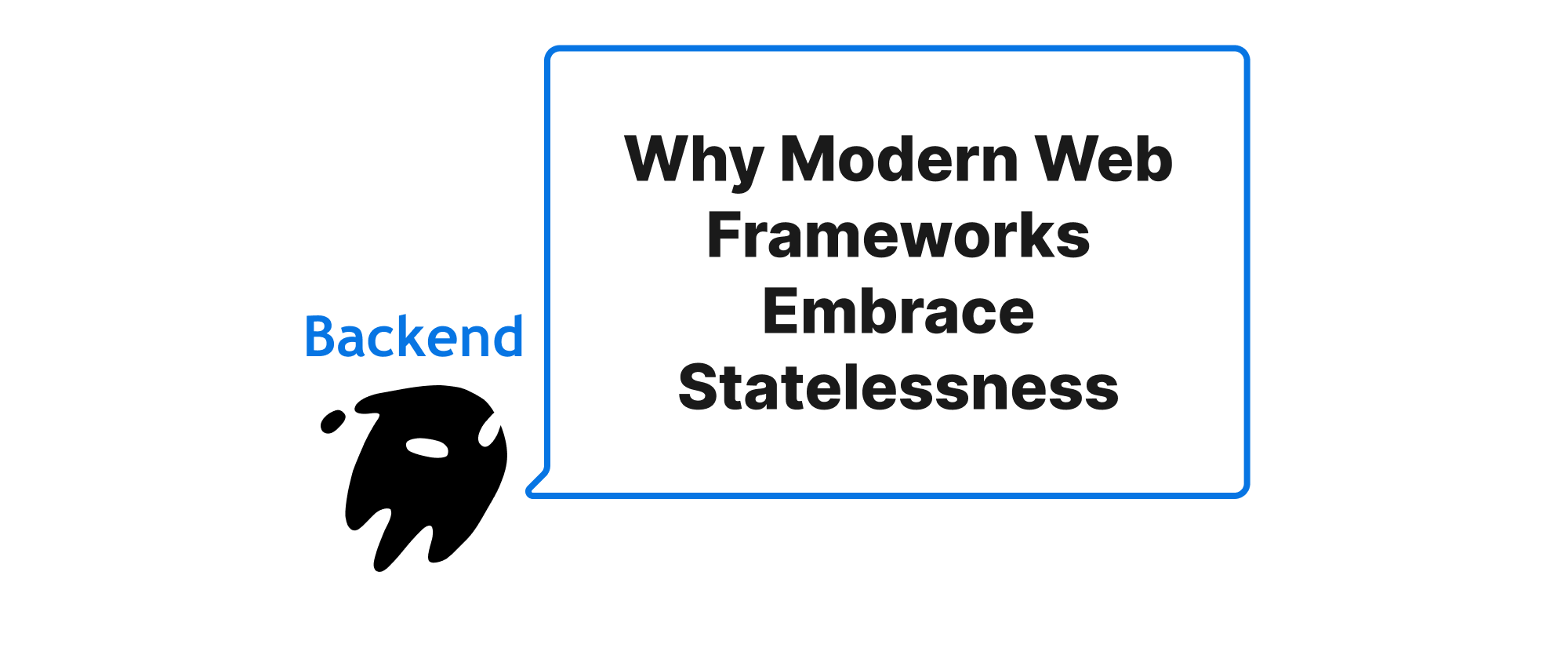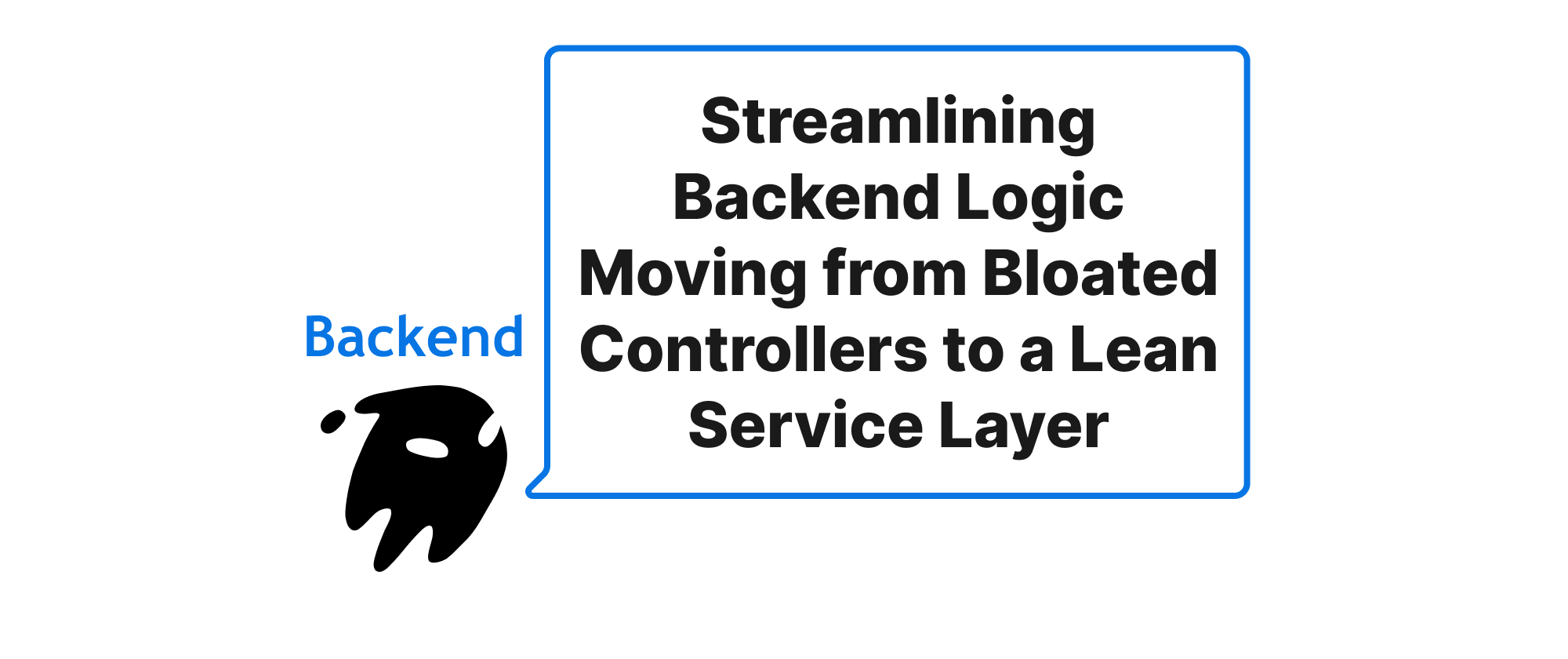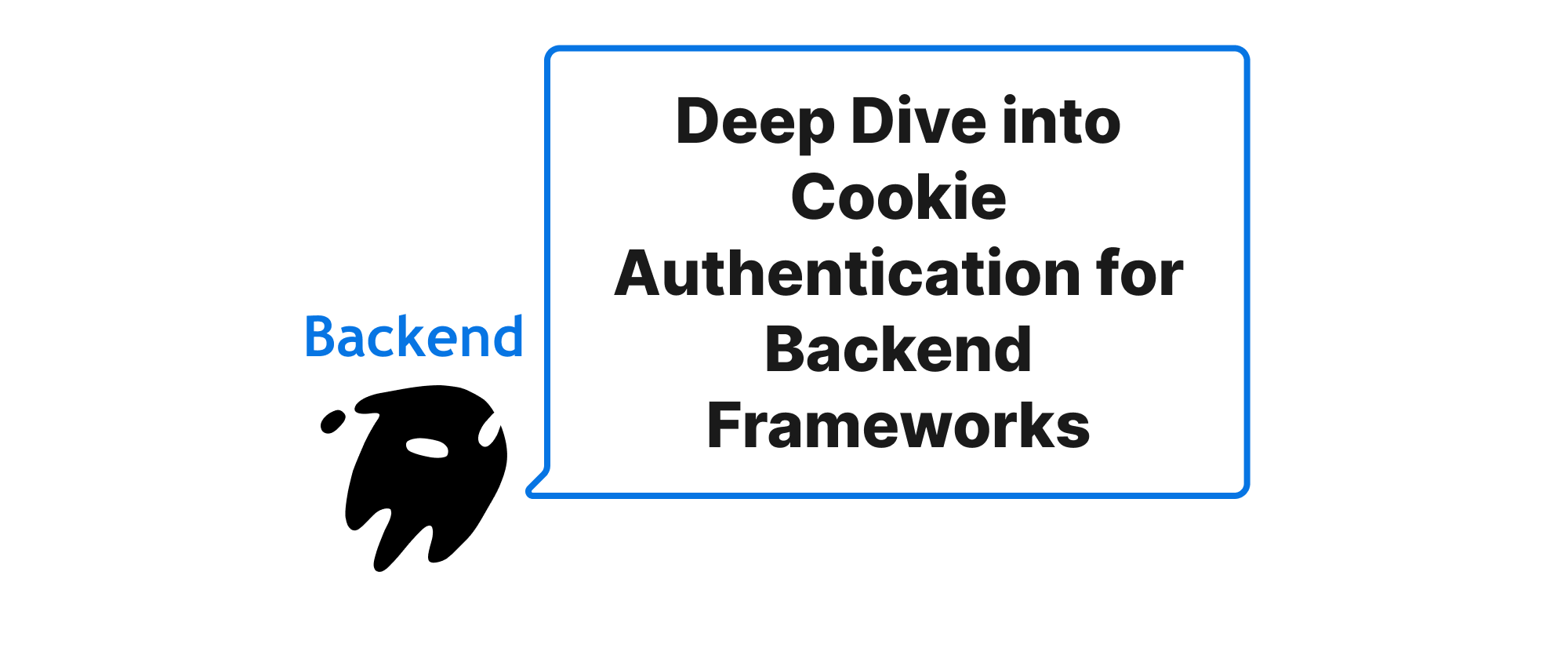Why Modern Web Frameworks Embrace Statelessness
Ethan Miller
Product Engineer · Leapcell

The Stateless Imperative in Modern Web Development
The rapid evolution of web technologies has placed unprecedented demands on backend systems. From microservices architectures to serverless functions, the landscape is shifting towards more distributed, scalable, and resilient applications. In this dynamic environment, a fundamental design principle has emerged as a cornerstone for modern backend frameworks: statelessness. Why have frameworks in languages like Go and Node.js, designed for concurrency and high performance, so enthusiastically adopted this paradigm? The answer lies in its profound impact on scalability, reliability, and maintainability, driving the efficiency and responsiveness that users expect from today's web applications.
Understanding Statelessness and Its Advantages
Before diving into the specifics of why modern frameworks favor statelessness, let's clarify what it means in the context of web applications and the core benefits it offers.
Core Concepts: State and Statelessness
State refers to any data that an application needs to remember about a client or a particular interaction to process subsequent requests correctly. For example, a user's logged-in status, items in a shopping cart, or the current step in a multi-page form are all forms of state.
A stateful server maintains this session-specific data. This means that a client's subsequent requests must be routed back to the same server instance that holds its state. This tight coupling makes scaling and fault tolerance significantly more complex.
A stateless server, on the other hand, does not retain any client-specific data between requests. Each request from a client is treated as an independent transaction, containing all the necessary information for the server to process it. The server processes the request, sends a response, and then forgets everything about that particular interaction. Any state that needs to persist must be stored externally, such as in a database, a cache, or passed back and forth with the client.
The Power of Statelessness: Scalability, Reliability, and Simplicity
The preference for stateless design in modern web frameworks stems from several critical advantages:
-
Scalability: This is perhaps the most significant benefit. In a stateless architecture, any server instance can handle any client request at any time. When demand increases, you can simply add more identical server instances (horizontal scaling) behind a load balancer without worrying about migrating session data. Similarly, if a server fails, other instances can immediately take over without any loss of user session information.
-
Reliability and Resilience: If a stateful server crashes, all the session data stored on it is lost, potentially disrupting ongoing user interactions. In a stateless setup, if an instance fails, the load balancer can simply direct subsequent requests to a healthy instance. Since no session data is lost (as it's either external or embedded in the request), the client often experiences little to no interruption.
-
Simplicity in Load Balancing: Load balancers can distribute requests across available server instances using simple, round-robin or least-connection algorithms, without needing sticky sessions or complex routing logic to ensure requests land on the "correct" server. This simplifies infrastructure management significantly.
-
Easier Development and Testing: Stateless components are simpler to reason about and test because their behavior doesn't depend on past interactions. Developers can focus on the logic for handling a single request without worrying about side effects from previous states.
Practical Implementation: How Frameworks Achieve Statelessness
Modern frameworks in Go and Node.js don't enforce statelessness at the application level, but their design principles and common practices strongly encourage it. They provide tools and patterns that make building stateless services intuitive.
Consider a simple REST API in Node.js using Express or in Go using the standard net/http package.
Node.js (Express Example)
// server.js const express = require('express'); const app = express(); const port = 3000; app.use(express.json()); // Middleware to parse JSON request bodies // Stateless endpoint: Adds two numbers app.post('/add', (req, res) => { const { num1, num2 } = req.body; if (typeof num1 !== 'number' || typeof num2 !== 'number') { return res.status(400).json({ error: 'Please provide two numbers.' }); } const sum = num1 + num2; res.json({ result: sum }); }); // Example of how state might be handled externally (e.g., JWT for authentication) app.get('/protected-data', (req, res) => { const token = req.headers.authorization; // Token sent with each request // In a real app, you'd verify the token with a library like 'jsonwebtoken' if (!token || !token.startsWith('Bearer ')) { return res.status(401).json({ error: 'Authentication required' }); } // After successful token validation (which would typically involve decoding and checking expiration) // The server doesn't store session state; the token contains user info. res.json({ message: 'This is sensitive data, access granted!', user: 'decoded_user_id' }); }); app.listen(port, () => { console.log(`Server running at http://localhost:${port}`); });
In this Express example:
- The
/addendpoint is purely stateless. It takes input from the request body, performs a calculation, and returns a response. It doesn't remember anything about previous additions. - For authentication (
/protected-data), the client sends a JSON Web Token (JWT) with each request. The server verifies the token to authenticate the user but doesn't maintain an in-memory session for that user. All necessary user information is encoded within the token itself (or the token is used as a pointer to external state in a database/cache).
Go (net/http Example)
// main.go package main import ( "encoding/json" "fmt" "log" "net/http" "strconv" // For parsing numbers if from URL params or form data. In this case, we'll use json for simplicity. ) // AddRequest represents the structure for /add request body type AddRequest struct { Num1 float64 `json:"num1"` Num2 float64 `json:"num2"` } // AddResponse represents the structure for /add response body type AddResponse struct { Result float64 `json:"result"` } // ErrorResponse for standardized error messages type ErrorResponse struct { Error string `json:"error"` } // addHandler is a stateless endpoint to add two numbers func addHandler(w http.ResponseWriter, r *http.Request) { if r.Method != http.MethodPost { http.Error(w, "Only POST method is allowed", http.StatusMethodNotAllowed) return } var req AddRequest err := json.NewDecoder(r.Body).Decode(&req) if err != nil { w.Header().Set("Content-Type", "application/json") w.WriteHeader(http.StatusBadRequest) json.NewEncoder(w).Encode(ErrorResponse{Error: "Invalid request body"}) return } resp := AddResponse{Result: req.Num1 + req.Num2} w.Header().Set("Content-Type", "application/json") json.NewEncoder(w).Encode(resp) } // protectedDataHandler example for external state (e.g., JWT) func protectedDataHandler(w http.ResponseWriter, r *http.Request) { authHeader := r.Header.Get("Authorization") if authHeader == "" || !_isTokenValid(authHeader) { // Placeholder token validation w.Header().Set("Content-Type", "application/json") w.WriteHeader(http.StatusUnauthorized) json.NewEncoder(w).Encode(ErrorResponse{Error: "Authentication required or invalid token"}) return } w.Header().Set("Content-Type", "application/json") json.NewEncoder(w).Encode(map[string]string{"message": "This is sensitive data, access granted!", "user": "decoded_user_id"}) } // _isTokenValid simulates JWT validation. In a real app, you'd parse and verify the JWT. func _isTokenValid(token string) bool { // For demonstration, simply check if it starts with "Bearer " and has some content return len(token) > len("Bearer ") && token[:len("Bearer ")] == "Bearer " } func main() { http.HandleFunc("/add", addHandler) http.HandleFunc("/protected-data", protectedDataHandler) fmt.Println("Server starting on port 8080...") log.Fatal(http.ListenAndServe(":8080", nil)) }
Similarly in Go, the addHandler is stateless. The protectedDataHandler relies on the client to provide all necessary authentication credentials (e.g., a JWT in the Authorization header) with each request. The server validates this token but doesn't store a session.
The Role of External State Management
While the backend services themselves remain stateless, client-specific state still needs to be managed somewhere. Modern architectures typically rely on external, distributed systems for this:
- Databases (SQL/NoSQL): The primary storage for persistent application state. Every request to a stateless service might involve a database query to retrieve or update user-specific data.
- Distributed Caches (Redis, Memcached): Used for session management, user preferences, or frequently accessed data to reduce database load. These caches are often highly available and accessible by all instances of the stateless service.
- Client-Side Storage (Cookies, Local Storage, Session Storage): For non-sensitive data or temporary UI state.
- JSON Web Tokens (JWTs): A popular method for authentication. The token encapsulates user identity and permissions, signed by the server. The client sends this token with each request, and the server validates it cryptographically, avoiding the need for server-side session storage.
Conclusion: The Stateless Advantage
Modern web frameworks in Go and Node.js have embraced stateless design not by accident, but out of necessity. Their inherent support for high concurrency and performance aligns perfectly with the stateless paradigm's ability to deliver unparalleled scalability, resilience, and operational simplicity. By offloading state management to external, specialized systems and treating each request as an independent transaction, development teams can build more robust, efficient, and maintainable applications that seamlessly meet the demands of the contemporary web. The embrace of statelessness is a testament to the ongoing evolution towards distributed, cloud-native architectures that prioritize flexibility and performance.


